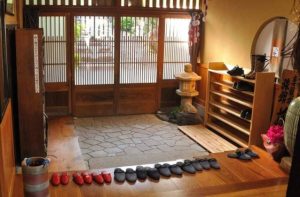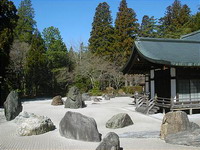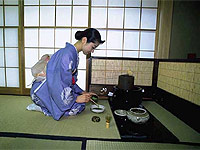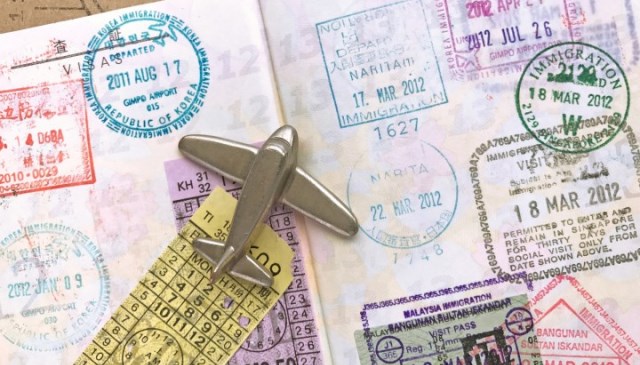continental roots
19 THINGS YOU CAN’T DO IN JAPAN (part 1)
 Before heading to Japan, it would be useful to familiarize yourself with some cultural features in order to avoid insulting the feelings of the Japanese. Manners and social rules are not universal, and it is easy to make a mistake if you do not know the customs of the country. The Japanese are reserved and polite, so tourists often do not even realize that they insult any of the locals. To help you understand the customs and traditions of the Land of the Rising Sun, we decided to introduce you to 19 rules that must be followed while in Japan.
Before heading to Japan, it would be useful to familiarize yourself with some cultural features in order to avoid insulting the feelings of the Japanese. Manners and social rules are not universal, and it is easy to make a mistake if you do not know the customs of the country. The Japanese are reserved and polite, so tourists often do not even realize that they insult any of the locals. To help you understand the customs and traditions of the Land of the Rising Sun, we decided to introduce you to 19 rules that must be followed while in Japan.
1. REMOVE SHOES BEFORE ENTERING THE HOUSE
Let’s start with a simple one. Most people know that in Japan you need to take off your shoes before entering the house. Continue reading
Canons of awakening (part 1)
 Despite the rather mild winters, with the exception of the northern island of Hokkaido, the onset of spring in Japan is expected throughout the country. In addition to the usual hormonal process that takes place in the body of every person at the time of the awakening of nature, psychological metamorphosis also occurs in the spring with the Japanese. And the reason for this is the millennial philosophical traditions and religious practices.
Despite the rather mild winters, with the exception of the northern island of Hokkaido, the onset of spring in Japan is expected throughout the country. In addition to the usual hormonal process that takes place in the body of every person at the time of the awakening of nature, psychological metamorphosis also occurs in the spring with the Japanese. And the reason for this is the millennial philosophical traditions and religious practices.
If it were possible to draw an analogy between the seasons and the estates of ancient Japan, I would probably liken summer to hardworking peasants and craftsmen, autumn to sad romantic samurai, leave winter to greedy merchants, and compare the colorful soft spring with a refined palace aristocracy. Continue reading



